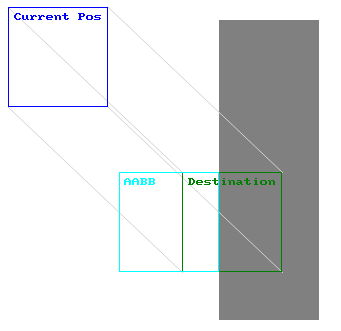

Light usually does not come from a single light source, but from many light sources scattered all around us, even when they're not immediately visible. We'll start with the simplest one: ambient lighting. To create visually interesting scenes we want to at least simulate these 3 lighting components. Specular highlights are more inclined to the color of the light than the color of the object. Specular lighting: simulates the bright spot of a light that appears on shiny objects.The more a part of an object faces the light source, the brighter it becomes. This is the most visually significant component of the lighting model. Diffuse lighting: simulates the directional impact a light object has on an object.To simulate this we use an ambient lighting constant that always gives the object some color. Ambient lighting: even when it is dark there is usually still some light somewhere in the world (the moon, a distant light) so objects are almost never completely dark.Below you can see what these lighting components look like on their own and combined: The major building blocks of the Phong lighting model consist of 3 components: ambient, diffuse and specular lighting. One of those models is called the Phong lighting model. These lighting models are based on the physics of light as we understand it. Lighting in OpenGL is therefore based on approximations of reality using simplified models that are much easier to process and look relatively similar.

Lighting in the real world is extremely complicated and depends on way too many factors, something we can't afford to calculate on the limited processing power we have.


 0 kommentar(er)
0 kommentar(er)
